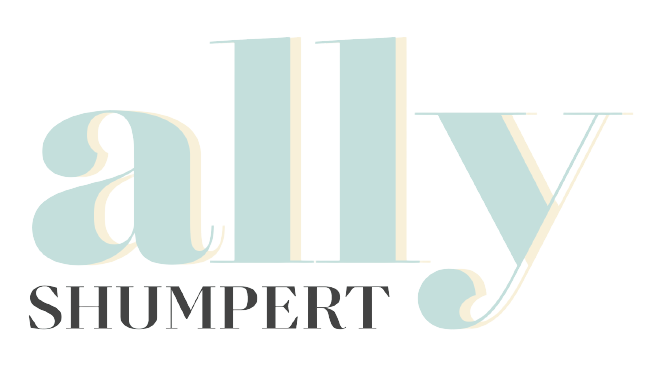If we have learned anything over the course of this past year, it is that communication is more important than we ever could have imagined. Many people have struggled with figuring out ways to communicate with those around them, and reporters and journalists are no different. Throughout this semester, I have been challenged to learn how to communicate in nontraditional ways. Although there are a million different ways to try and get a single message across, I have found it most helpful to be able to record my conversations with other people when it comes to trying to report on situations that are out of my reach. So far, my favorite way to do this is to utilize the Google Voice platform.
Google Voice allows its users to record conversations and create a transcript for no additional cost. When reporting on situations that you can not be there for, Google Voice is the perfect way to jot down exactly what the other person is trying to say without sacrificing accuracy or perceived interest.
When I created an audiovisual slideshow, I decided to record my grandmother speaking about what it was like to raise my mom as a little girl. Before I started, I explained to her exactly what I would be doing and explained how the platform would work. I have included a piece of the recording below that was edited out of the final audiovisual slideshow for aesthetic reasons. However, this additional piece of information shows how I went about recording and explaining how the entire process would work.
Sometimes, even if you don’t use every bit of the information you record in your final story, it is better to have more audio than less. With more, you can always edit it out and decide not to include it, but with less, there is no way to gain more information on the subject without contacting the subject themselves and asking for an additional interview.
